A peek into Japan's Convenience Stores
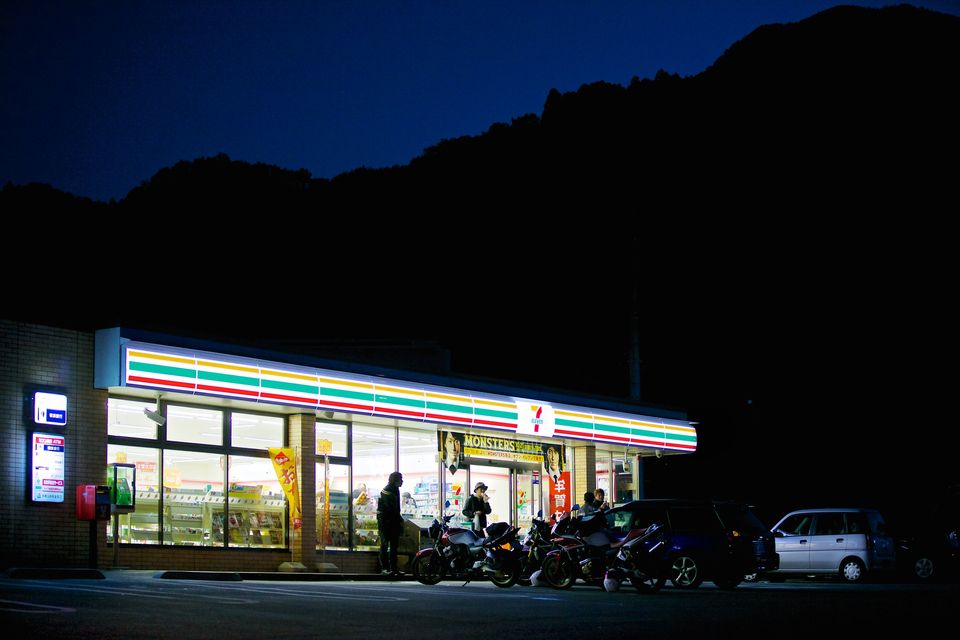
Editor’s note: Due to the sheer amount of interesting material here we decided to break this into a two-part article.
All across Japan, one sight remains ubiquitous – the convenience store.
A far, far cry from their American cousins, convenience stores in Japan are without exception, spotless, well-stocked, open 24x7, and are … well, actually convenient.
What this post is not
The internet is full of articles on Japanese convenience stores, about the interesting foods they sell, the services they provide, and how mind blown first-time visitors are.
In this post we will skip all of that and instead dive into some of the less-explored facets of Japanese convenience stores.
For readers not familiar with the topic, here is a quick gist.
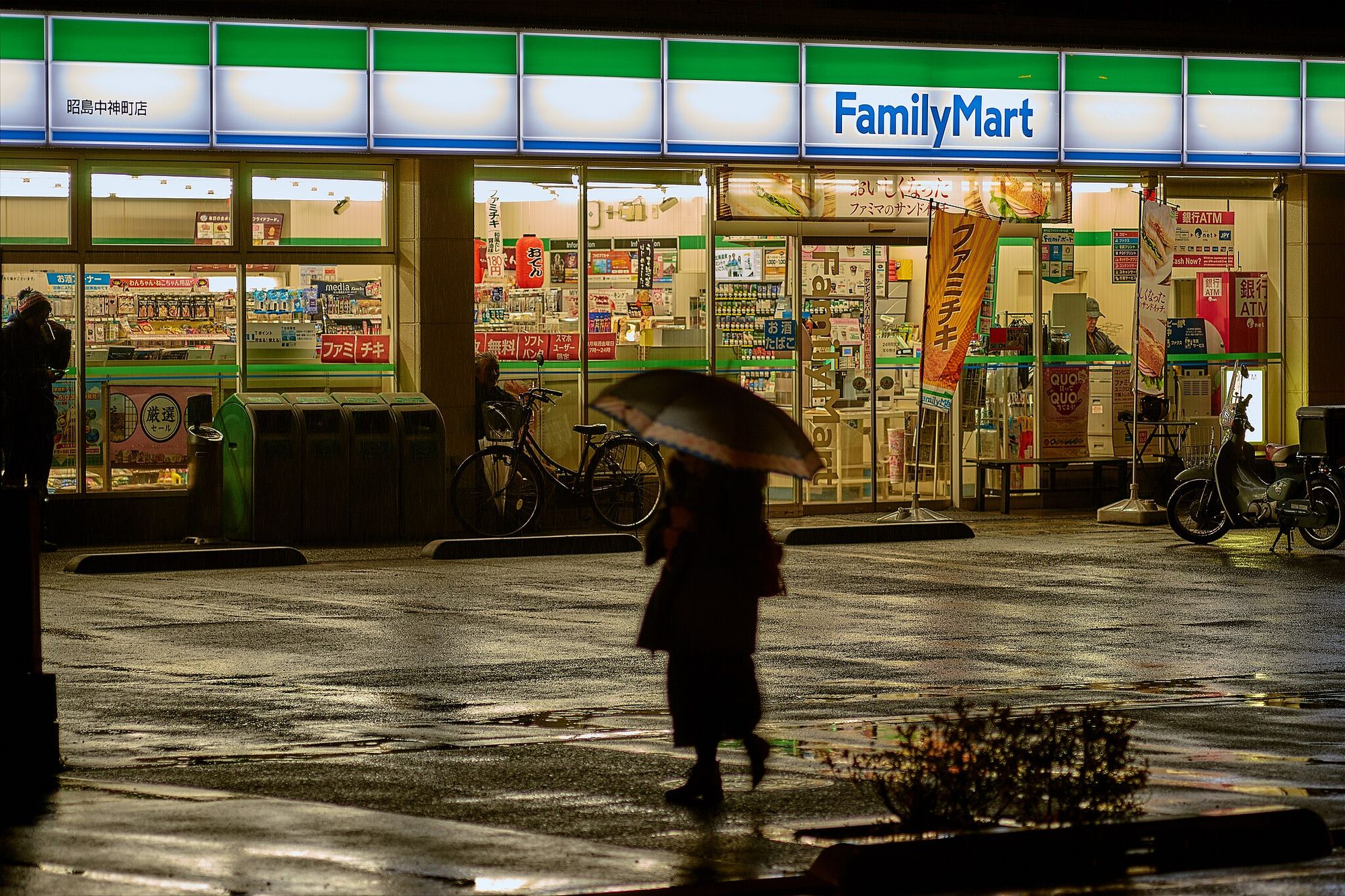
Japan has over 56,000 convenience stores across its 47 prefectures. These stores sell everything including food, drinks, alcohol, concert tickets, and bus reservations, while also doubling as ATMs, book stores, and even Amazon pick up points. They are clean, bright, welcoming, open 24x7, and safe.
In a week, a convenience store could be manned by as many as 20 part-time employees and a couple of full-time employees.
The modern Japanese convenience store is a marvel of logistical and technical efficiency that people (including this author) are blind to till they step out of the country. Just like we don’t give a second thought to our watches despite them being incredibly complex technical wonders, it’s magic that seems mundane.
But how did Japan’s convenience stores reach this state?
Answering this question took me down a fascinating rabbit hole of social changes, war, regulations, and history.
A trip back in time
No accurate records exist to definitively identify the first convenience store in Japan, but most observers mark 1974, when the first 7-Eleven opened in Tokyo, to be the starting point of this story.
In two years, 7-Eleven had 100 stores, and by 1980 they had over a thousand stores!
But why did someone think of starting a convenience store in Japan?
For this, we need to go a few more decades back in time, to 1945 – right after WW2.
The horrors of carpet bombing in Japan were concentrated in large cities like Tokyo, Osaka, and Fukuoka. This triggered a mass exodus to rural areas. With the end of the war, people came back to the cities which were now in ruins. The concentration of people involved in rebuilding the cities led to dense residential areas.
People in these residential centers had limited mobility. Residents used trains to commute to work and bicycles, bus, or foot to move around. Parking was a constant challenge – for bicycles!
Car ownership was almost non-existent so businesses serving these areas had to be located nearby. You could literally walk to your neighborhood grocer, baker, or butcher, so buying fresh food daily was the norm.
These businesses were often owned by people living in the community and store owners were well embedded in the society. This will become important later in the story.
The threat
At the same time, another change was brewing in post-war Japan: shopping centers.
Department stores already existed in pre-war Japan, but in the peace of the post-war period, large shopping centers sprung up all over Japan. These stores took varied forms like department stores, discount stores, or something in between.
They were often located near transportation hubs in cities, or on large plots of land in suburban and rural areas. While they could be more expensive than smaller stores, they offered a wide variety of goods and brands that smaller stores could just not compete with.
Shopping centers were a major draw for consumers, because they could go to a single place, leisurely browse, and shop across many brands under one roof.
The Large Scale Store Act of 1973
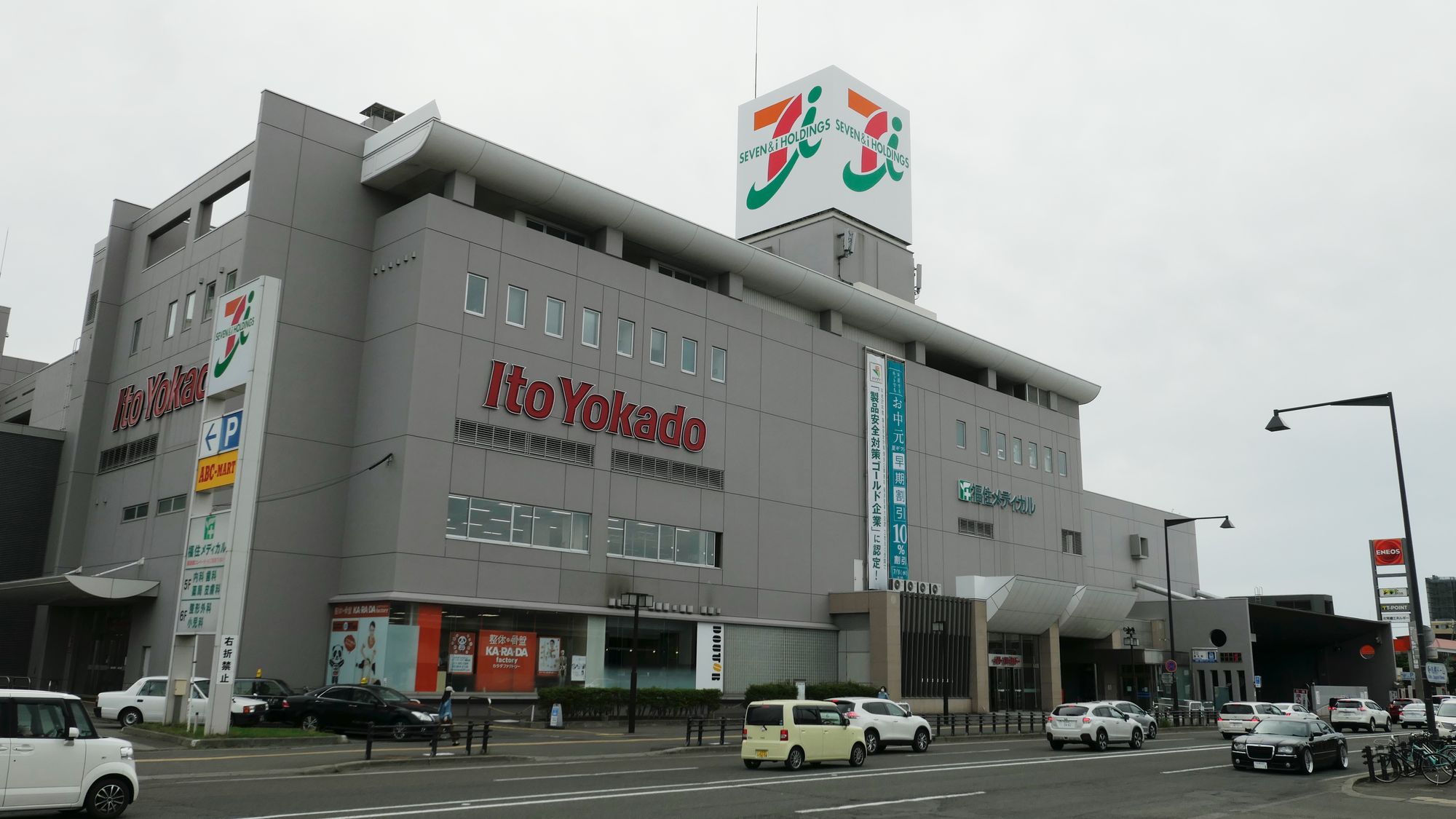
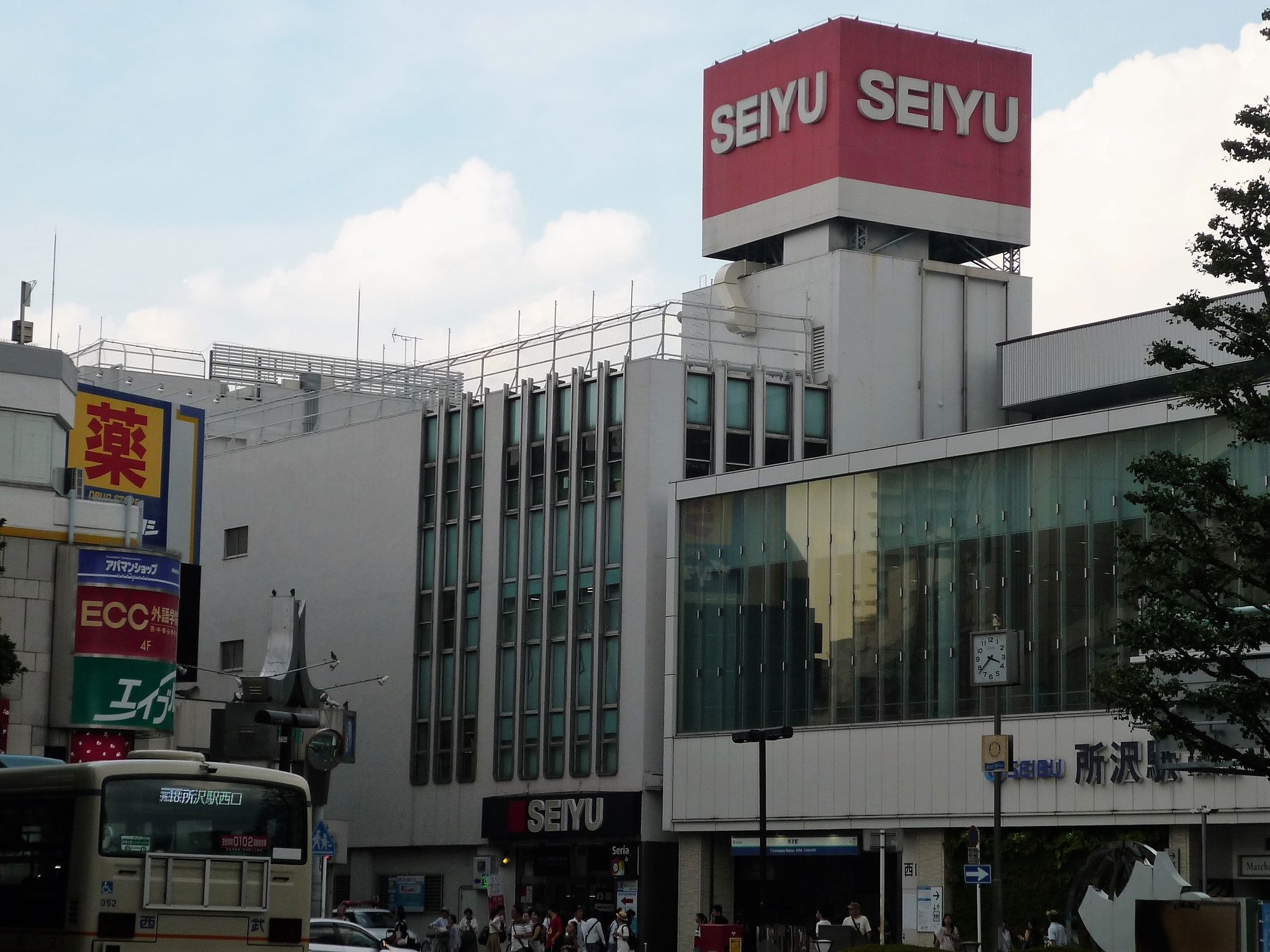
For the mostly unspecialized mom-and-pop stores though, these shopping centers were a threat. These small businesses, by virtue of being embedded in Japan’s social and political scene, planted the seeds for Japan’s convenience stores.
They successfully turned this threat into a political issue and Japan’s parties seized upon the “small businesses being crushed by big box stores” angle.
In 1973, the Japanese government passed the Large Scale Store Act, which required any business that had more than 1,500 m² (16,145 sq. ft) of floor space to be approved by a local committee.
Who sat on the committee, you ask? Small store owners. Also, the law said nothing about speedy deliberation.
Now, the small businesses could slow down the large businesses by 4-5 years or even completely freeze them out.
The beginnings of Japan’s convenience stores
In the early 1970s, Masatoshi Ito, the chairman of Ito Yokado visited the United States. Ito Yokado owned several department stores and shopping centers, and was one of the businesses impacted by the Large Scale Store Act.
In Texas, Masatoshi visited a 7-Eleven convenience store and, impressed, took the idea to Japan. Crucially, his idea hinged on this: no store would be >500 m² (5,380 sq. ft), parking included.
This, was the shopping centers’ answer to the Large Scale Store Act.
He spun the effort out into a subsidiary and appointed 31-year old Toshifumi Suzuki to lead the business.
The new company struggled to get the idea off the ground. They couldn’t even get Southland Corporation, the company who owned the 7-Eleven brand in the US, to the negotiating table.
They kept trying and their perseverance paid off. By May 1973 they sold the first franchise license in Japan, for a store in Toyosu, Tokyo.
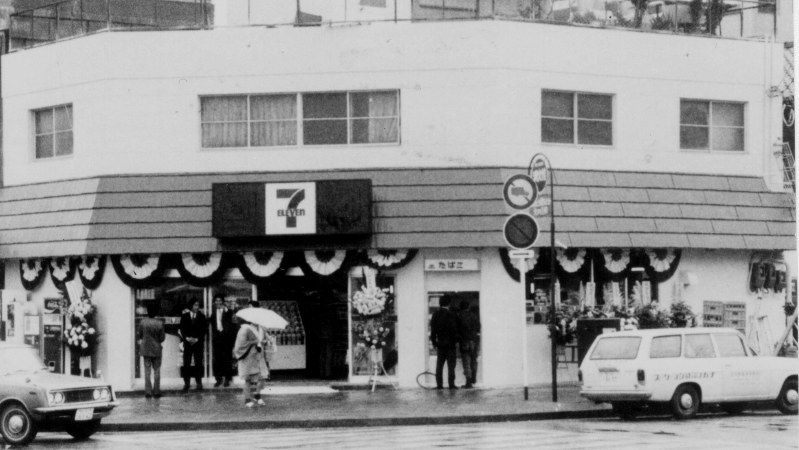
The franchisee was the son of a small store owner who had inherited the business but had no hope it would succeed if he kept doing the same things his parents had done.
7-Eleven’s first few years were tumultuous. Toshifumi faced criticism from Ito Yokado, the parent company, that convenience stores would hurt the department store business and the idea was too foreign for Japan for it to work.
There was some truth to these criticisms too.
A lot of the know-how and processes they had licensed from the US 7-Eleven did not at all work for Japan. They realized they had to invent a lot of this themselves.
They focused on logistics as a core competence, ensuring stores were always well-stocked. They introduced electronic ordering of inventory from the stores and also installed Point-of-Sale systems, replacing the old registers – both of which were way ahead of the game.
One factor that helped their success was that over 70% of their initial franchisees were liquor stores. Liquor stores usually had some parking space for delivery vans and more importantly, the new owners of the property could inherit the liquor license.
Now, they had well-stocked stores that sold, among other things, alcohol, 24x7! Contrast that to the mom-and-pop stores that closed at 7pm.
7-Eleven soon had a runaway success on their hands.
This did not escape the attention of the other majors who quickly followed suit. Daiei inked a deal with Consolidated Foods that owned Lawson’s Milk Company stores (primarily in Ohio). FamilyMart was formed by the Seiyu Store, notably without any foreign partnership.
This explosive competition sparked rapid innovation in the 50 years that followed. Every aspect of the business improved – purchasing became centralized, vendor management was introduced, delivery logistics were unified, digital systems were introduced, and integrations with other services were built.
After rapid expansion also came consolidation. Japan now has three major national brands: Lawson, FamilyMart, and 7-Eleven.
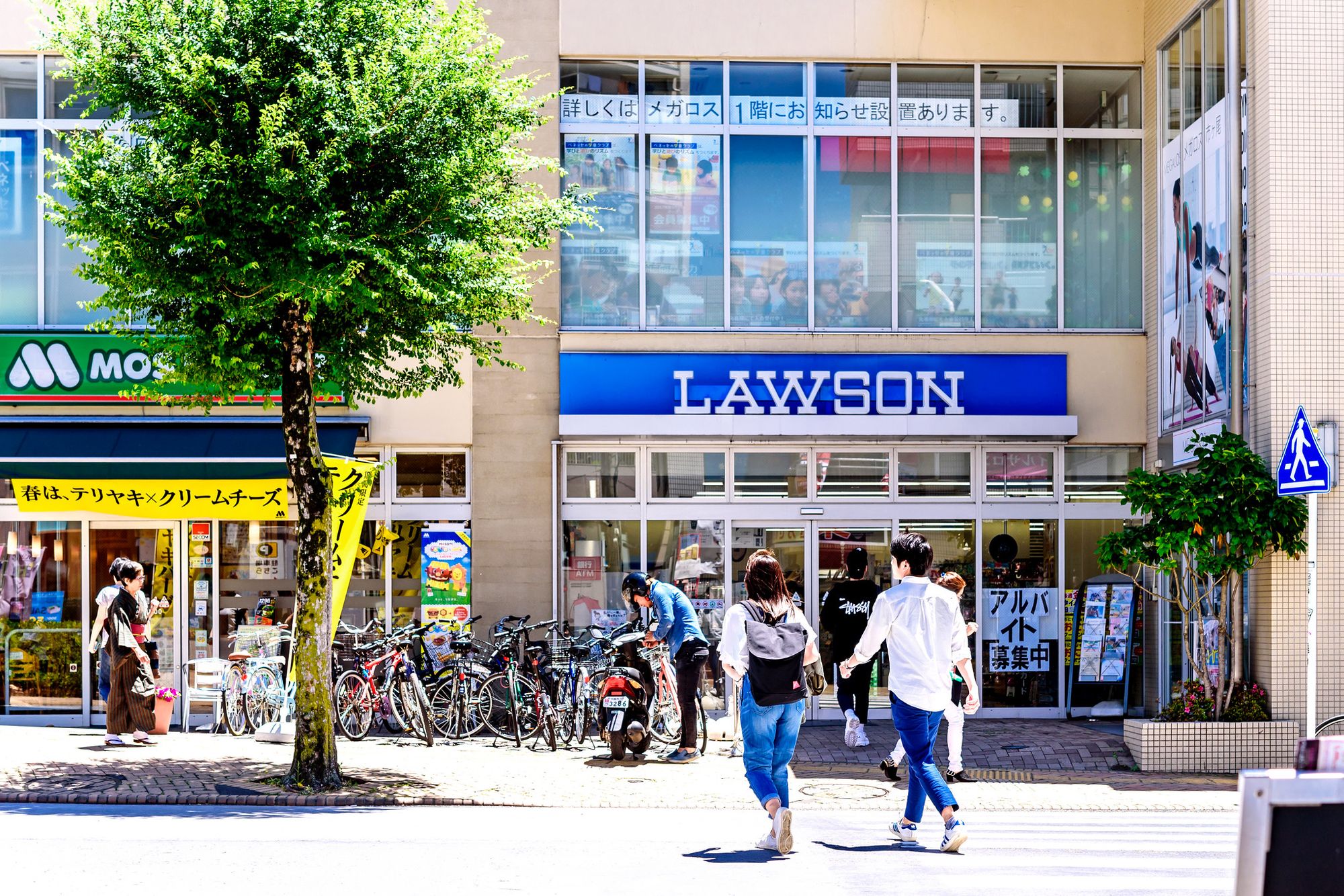
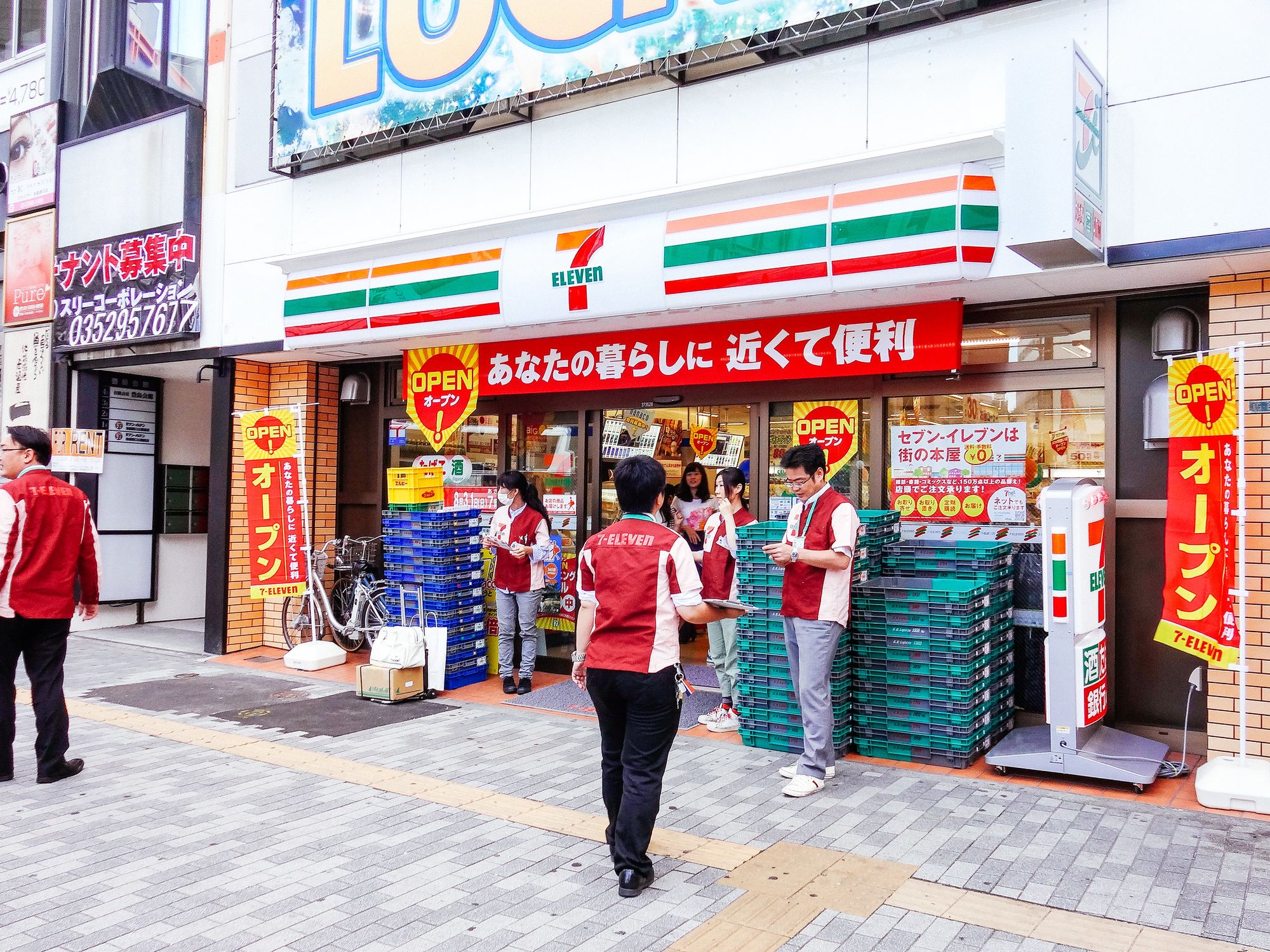
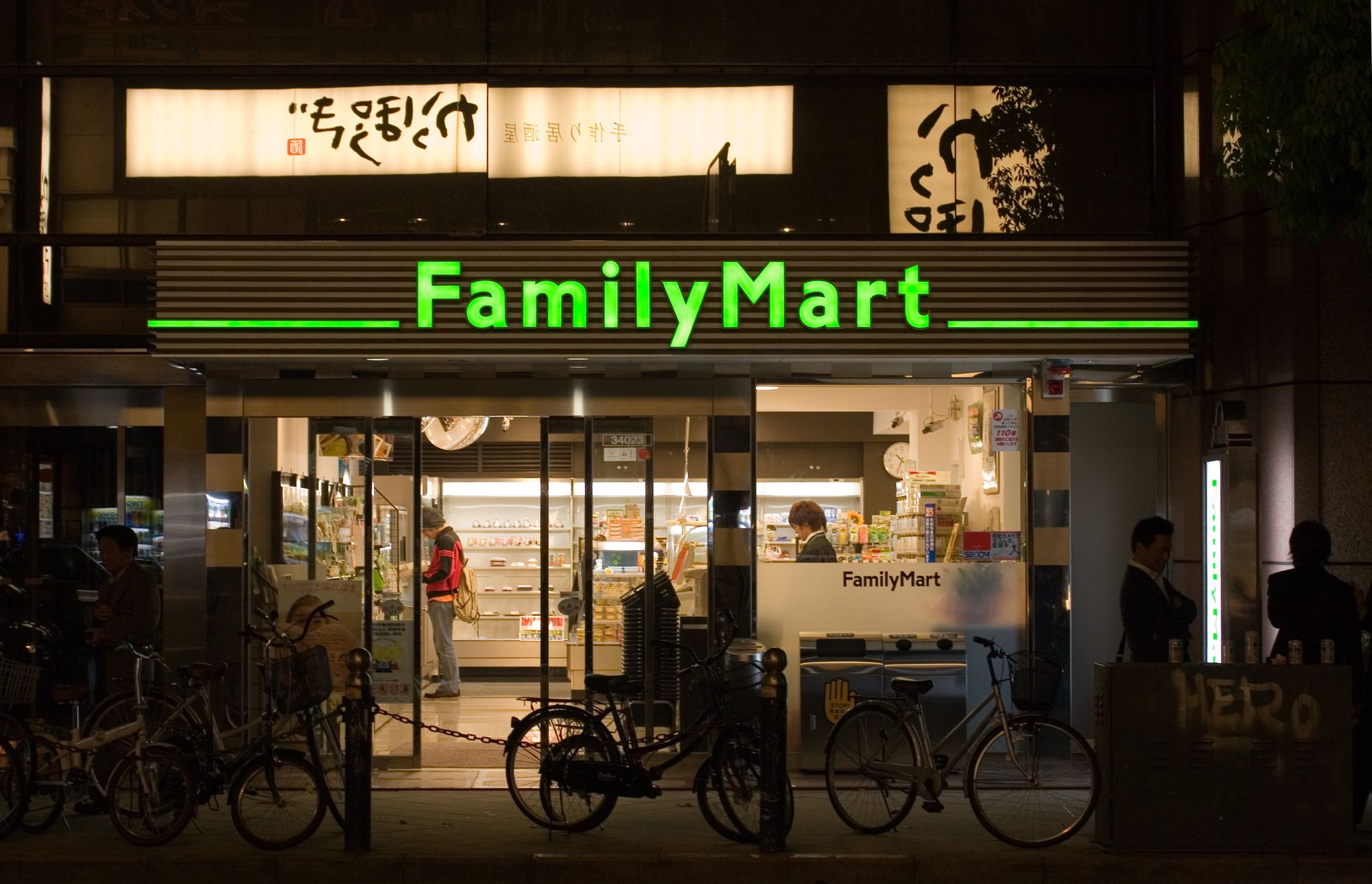
These cater to diverse needs now. You can buy fresh underwear for when you have to spend the night at the office (relatively common), pay your taxes, book bus tickets, and more.
What do people go to convenience stores for?
The truth? Often just to ... <Continued in Part 2>
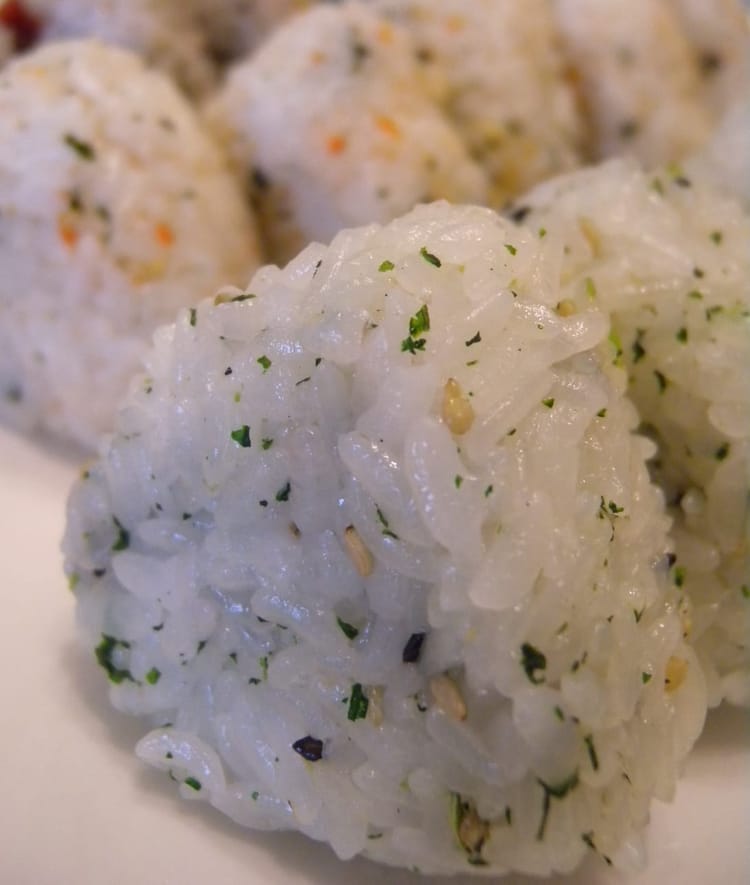
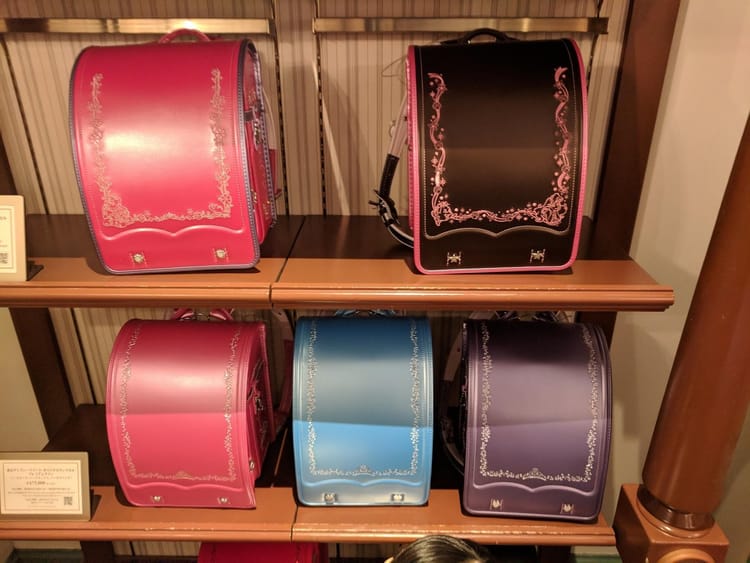
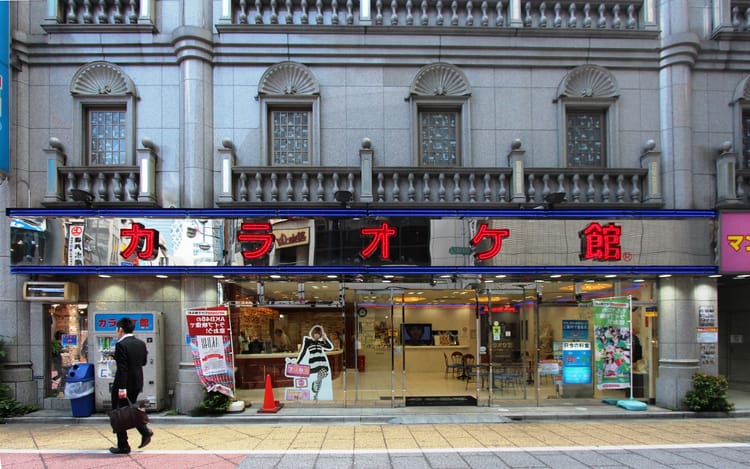
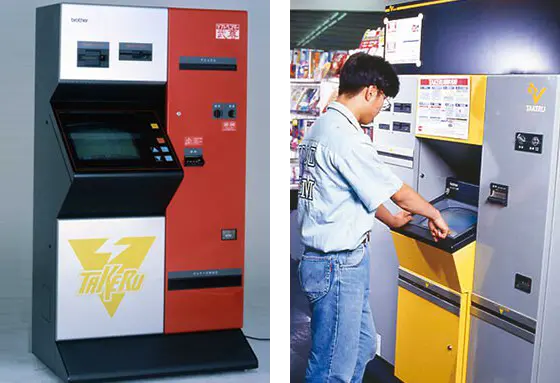
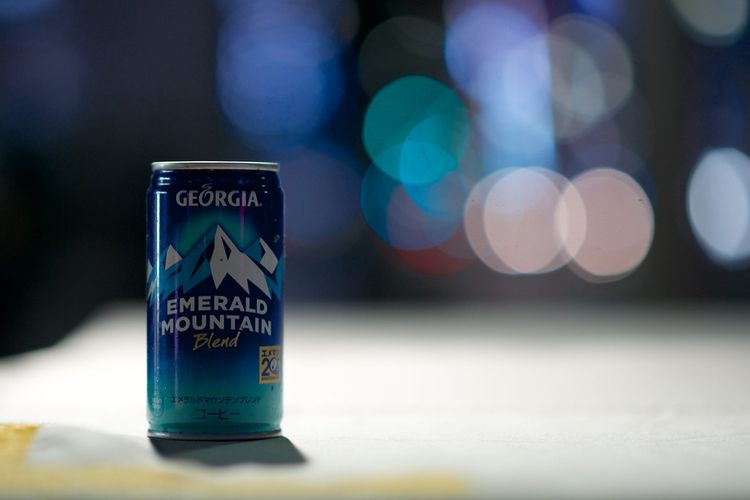
Member discussion